Planting Bare Root Hostas
Hostas are a popular shade-loving perennial which requires minimal care and are perfect for shady garden areas.
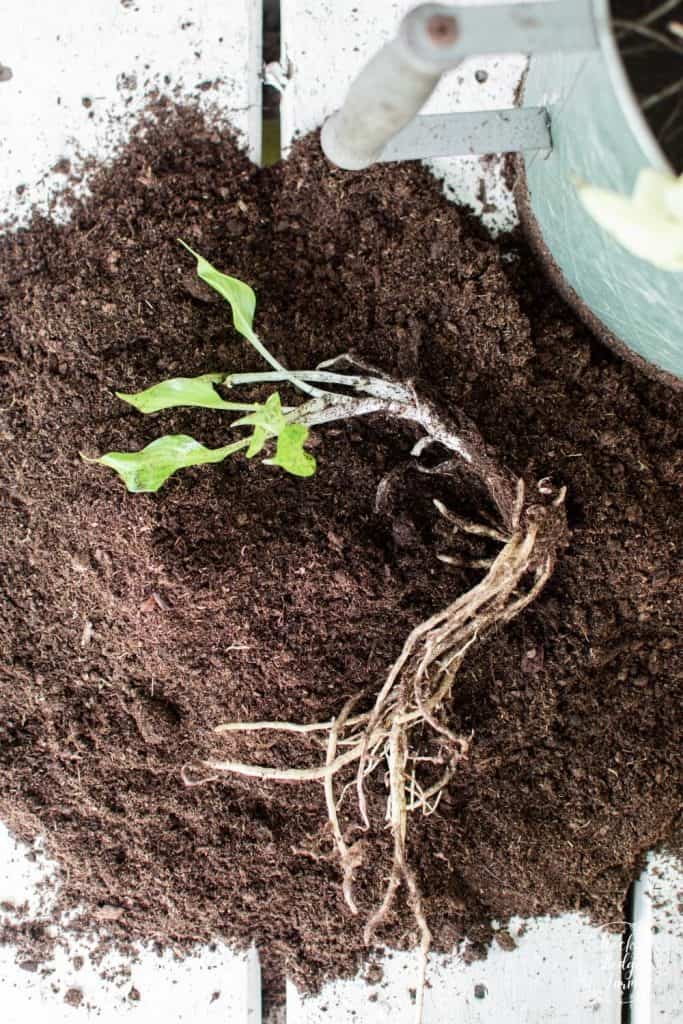
Hostas are hardy herbaceous perennial plants that grow best in shade or partial shade. They come in various sizes, shapes, and colors and are grown primarily for their beautiful foliage.
Hostas are easy to grow, shade-tolerant plants. They are low maintenance and widely available in nurseries and garden centers.
Ordering hostas online can give a more comprehensive selection of hosta plants, with over 3,000 varieties available.
You could buy them as potted plants, but you can often get a better deal when you buy them bare-root plants.
Here’s what you need to know about planting bare root hostas.
Why Plant Bare Root Hostas
Starting with bare root hostas might not be the first thing that comes to mind when you imagine planting and growing hostas. Usually, people buy a small hosta plant or divide some larger hostas to fill the garden beds.
However, planting bare root hostas ordered through the mail offers several good reasons, including being inexpensive compared to buying a small hosta at the local garden center or nursery.
Planting hostas is a great way to add color and texture to your garden. Hostas are one of the best low-maintenance perennials for shade gardens because they are easy to care for.
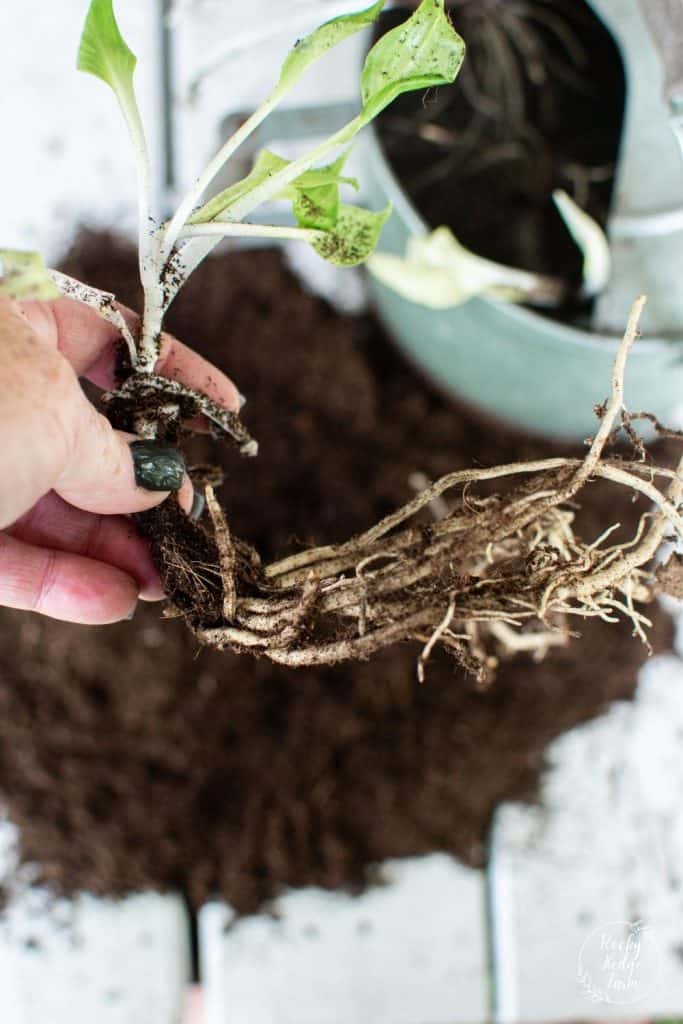
What is a Bare root Hosta?
A bare root hosta is a plant that has no soil on the roots. This plant has intact roots, crown, and little stem buds, allowing it to grow quickly once planted.
It is often shipped straight from the company to the customer, wrapped protectively to avoid damage during transport.
One of the main differences between potted and bare root hostas is that bare-root has the unique trait of unrestricted roots. They are more likely to establish themselves quickly, resulting in better-developed root systems.
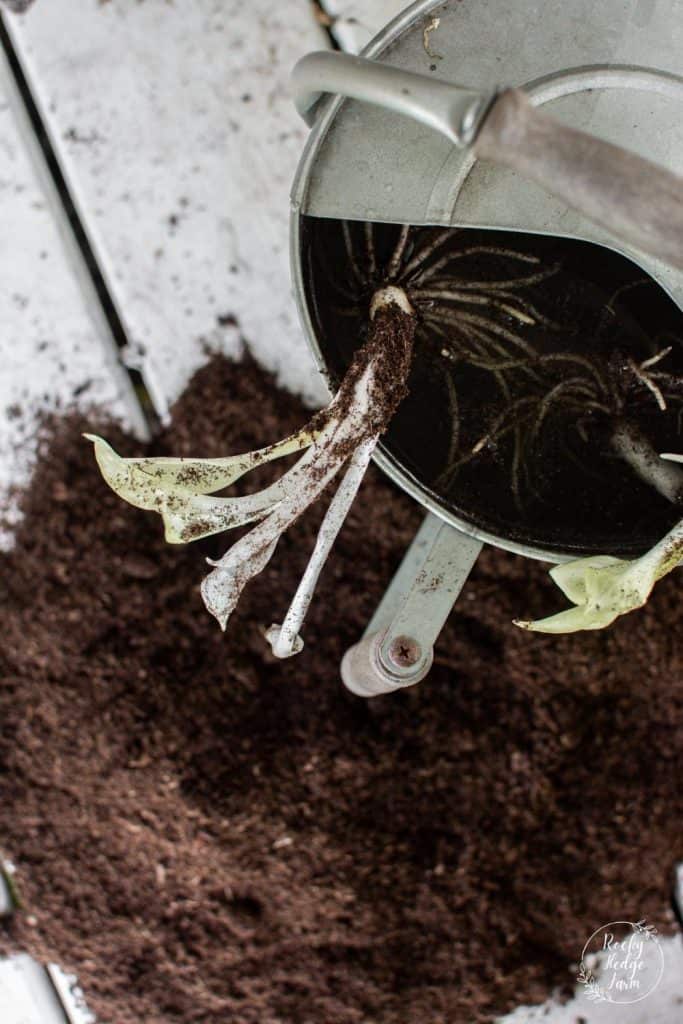
How to Store Bare root Hostas in a Bag?
When you order bare-root hostas through online mail-order, they will come shipped to you in a box with the hosta roots in a plastic package with peat moss.
Once the box arrives, you must plant your hosta roots within a day or two. Open the package and inspect the roots to ensure they look firm and healthy.
If you cannot plant the hosta roots immediately, store them in a cool, dry place in the plastic bag they were shipped in. Do not allow bare root hostas to freeze or be left where the roots can dry out.
Before planting, hosta roots should be placed in a bucket of warm water and left to soak for 30 to 60 minutes.
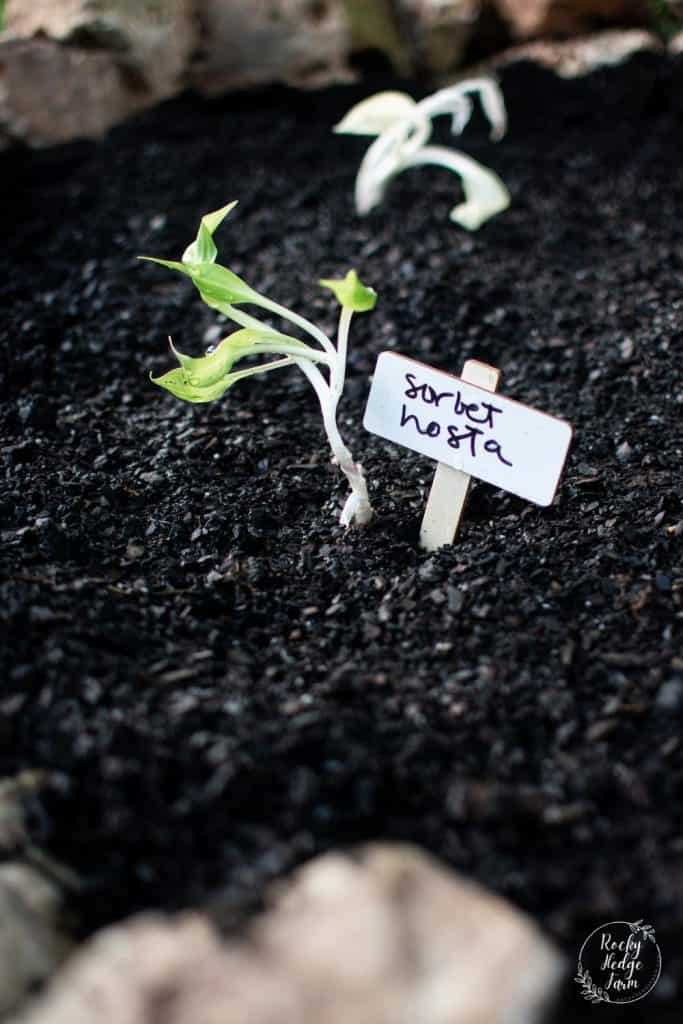
Where to Plant Hostas
Hostas are flowering plants that grow best in the shade, but most do not thrive if they are grown in deep shade. Hostas grow best with exposure to morning sun and afternoon shade.
Different hosta varieties will have varying sunlight requirements. Some hostas grow best in partial shade, full shade, or in partial sun.
However, it is essential to note that they should not be in full sun, as they will show signs of burning on their leaves in the summer months.
Perennial Gardens
Hostas have attractive foliage, but they also produce flowers in mid-summer. Some hosta flowers are fragrant, drawing both hummingbirds and butterflies.
In a shady perennial garden, hostas are excellent companions for plants like bleeding-heart, columbines, ferns, and astilbes.
Woodland Garden
Hostas leaves come in various shapes, colors, and sizes, some variegated and some with one solid color. They may be green or blue or perhaps even white. Planting hostas along a woodland path will create a beautiful landscape that is also low maintenance.
Hostas are perfect for those looking for plants that thrive in shady, moist conditions such as a woodland path.
Containers or Pots
Smaller varieties of hostas will thrive in containers. Consider planting miniature hostas in pots if you have a small shady patio or porch.

When to Plant Hostas
Hostas are bare-root perennials that prefer to be planted in early spring or early fall.
Hosta can be grown throughout Zones 3 to 9. When planting in the fall, give at least 30 days before the average first frost date for the plant to become established.
Add plenty of mulch around the plants to help keep them insulated during winter.
How to Plant Bare Root Hostas in the Ground
Planting bare root hostas in the ground is not difficult and can be done in a very short amount of time.
Here’s what you need to do if you are for a way to add beauty to a shady spot in your yard by planting bare root hosta plants.
Step 1: Choose a Shady Location
To plant hostas, select a location that welcomes partial to full shade. Most types of hostas can withstand the morning sun but desire a shady setting in the afternoon and evening.
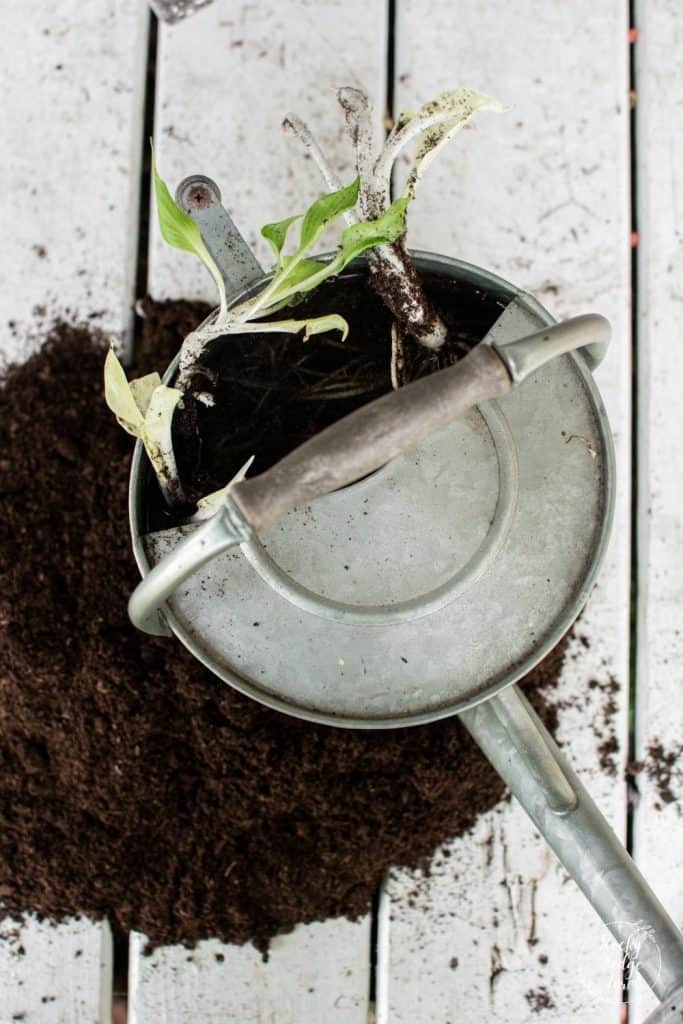
Step 2: Soak Hosta Bare Roots
Before planting, you will need to soak the roots of the hosta for 30 to 60 minutes in warm water. This is essential because it will allow the roots to re-hydrate and absorb moisture.
Step 3: Prepare Soil
Hostas will grow best in rich organic garden soil. Grow hostas in slightly acidic soil full of several inches of organic matter that provides good drainage.
Avoid planting hosta roots in heavy clay soil, which will not have sufficient drainage.

Step 4: Plant the Hosta
Dig a wide hole about 3 inches deep. Plant your hosta with the roots pointing downwards.
Spread the roots of the hosta out and hold the crown (where the roots meet the stems) just below the soil level. Carefully backfill the hole with soil.
When planting more than one hosta, the spacing between plants will depend on the variety of hostas.
Some hostas grow much more significantly than others; research the plant’s mature size before planting.

Step 5: Water
After planting the hostas, water to moisten the soil, it is best to regularly water hostas early in the day as it is essential for optimal growth.
New hostas will need daily watering for the first few weeks to help them get established in their new home. Once established, hostas will need a good soak once weekly to provide them with moist soil.
Step 6: Add Mulch
Add a thin layer of mulch to the soil surface to keep the roots moist and cool.
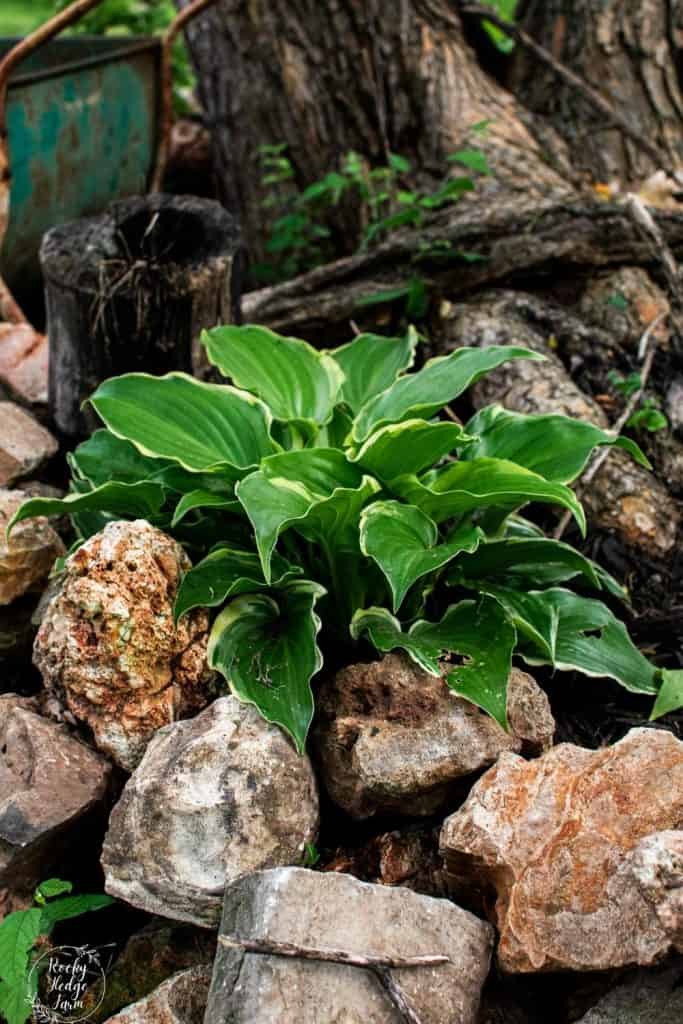
Frequently Asked Questions
Are Hostas Bulbs
Many refer to bare root hostas as hosta bulbs, but they are a clump-forming perennial plant that grows from thick, underground roots called rhizomes.
Hosta rhizomes are a stem that grows horizontally underground. They have buds or eyes that will appear and grow upwards to produce new leaves.
The term “hosta bulb” is used interchangeably when people are talking about planting bare root hostas.
How Long Do Hostas Take to Grow?
Generally, hosta plants need one year to establish a firm root system, but you can expect good leaf growth during this time.
In my experience with mail-order hostas, the leaves already showed signs of significant growth in their first growing season!
However, hostas grow slowly. Smaller and more vigorous hostas can reach mature sizes in 3 to 5 years. Slower-growing large hostas can take 5 to 7 years to get their total mature growth.
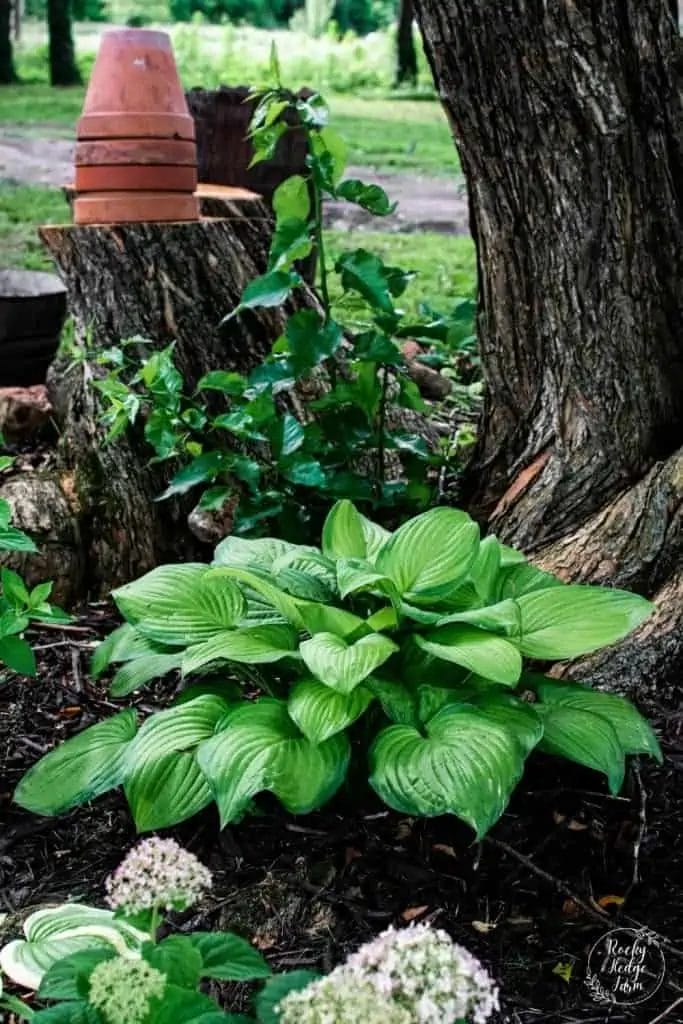
How Deep to Plant Hostas?
The top of the hosta root ball should be planted at the soil level. The plant’s crown (where the leaves emerge from the stem) should be just at or slightly above the soil surface.
If the plant is planted too deep, it can lead to poor growth or even rotting of the crown.
Bare root hostas should be soaked before they are planted in the ground. Soak the roots in warm water for 30-60 minutes. This helps the roots to absorb some moisture before being planted.
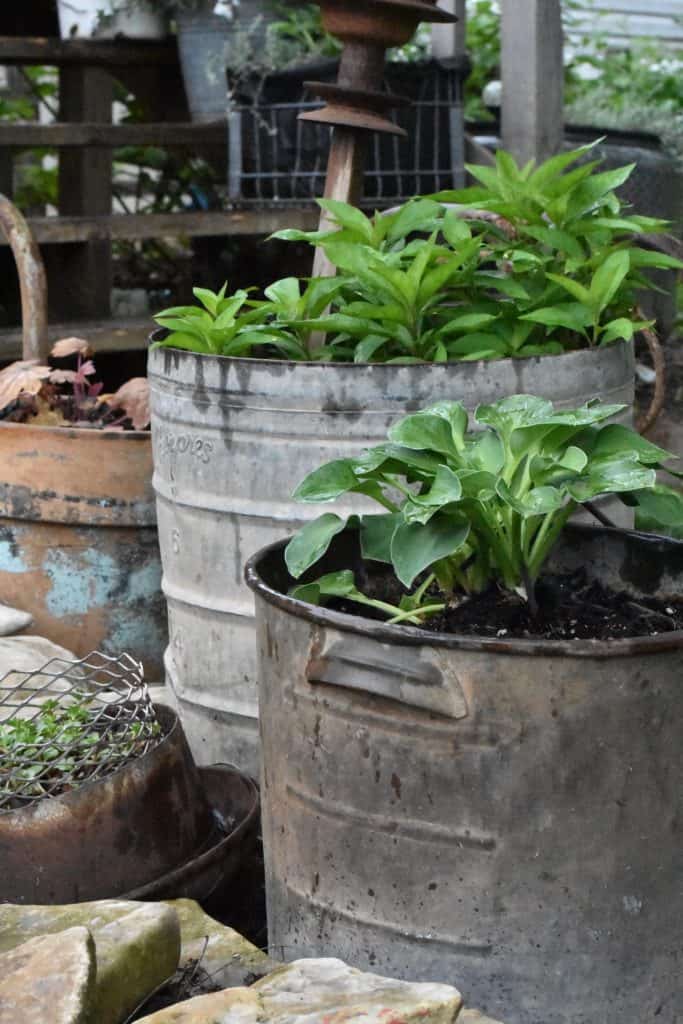
Hostas are excellent low-maintenance perennials for the shade garden. Planting bare root hostas is a thrifty way to add more texture and color to shady pathways or other areas outdoors where shady conditions exist.
Add hostas to create a beautiful focal point in your outdoor space!
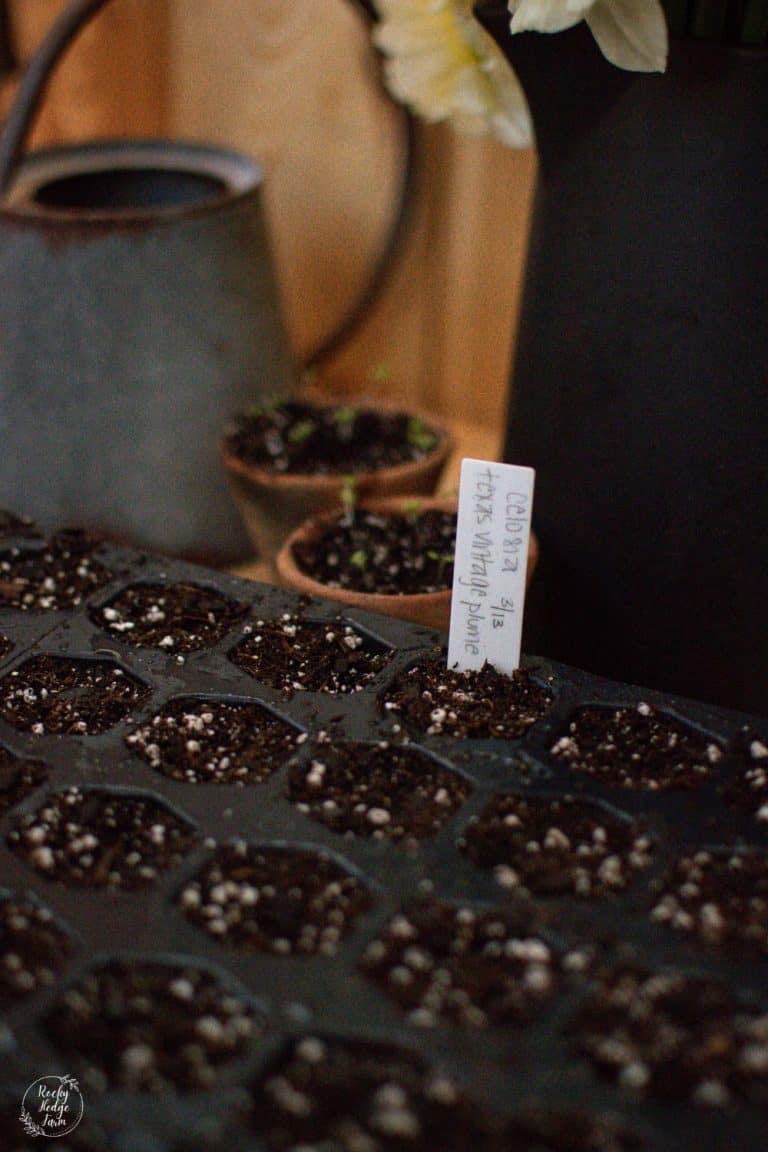
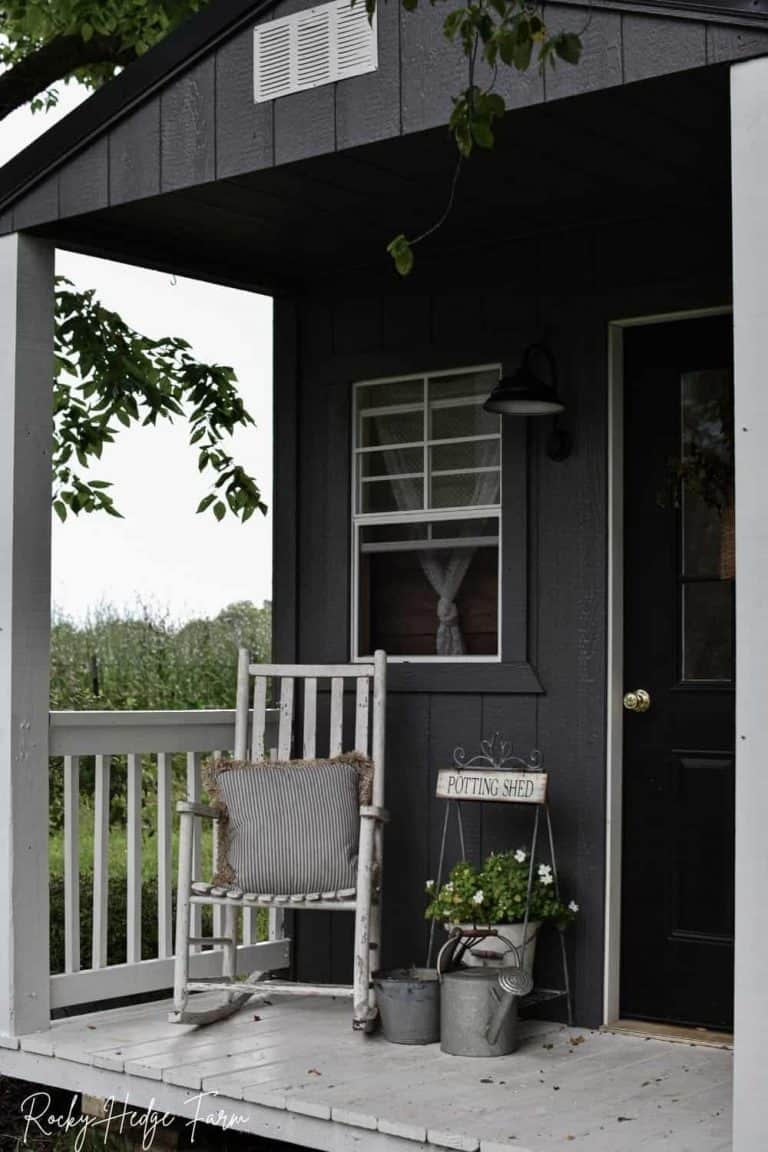
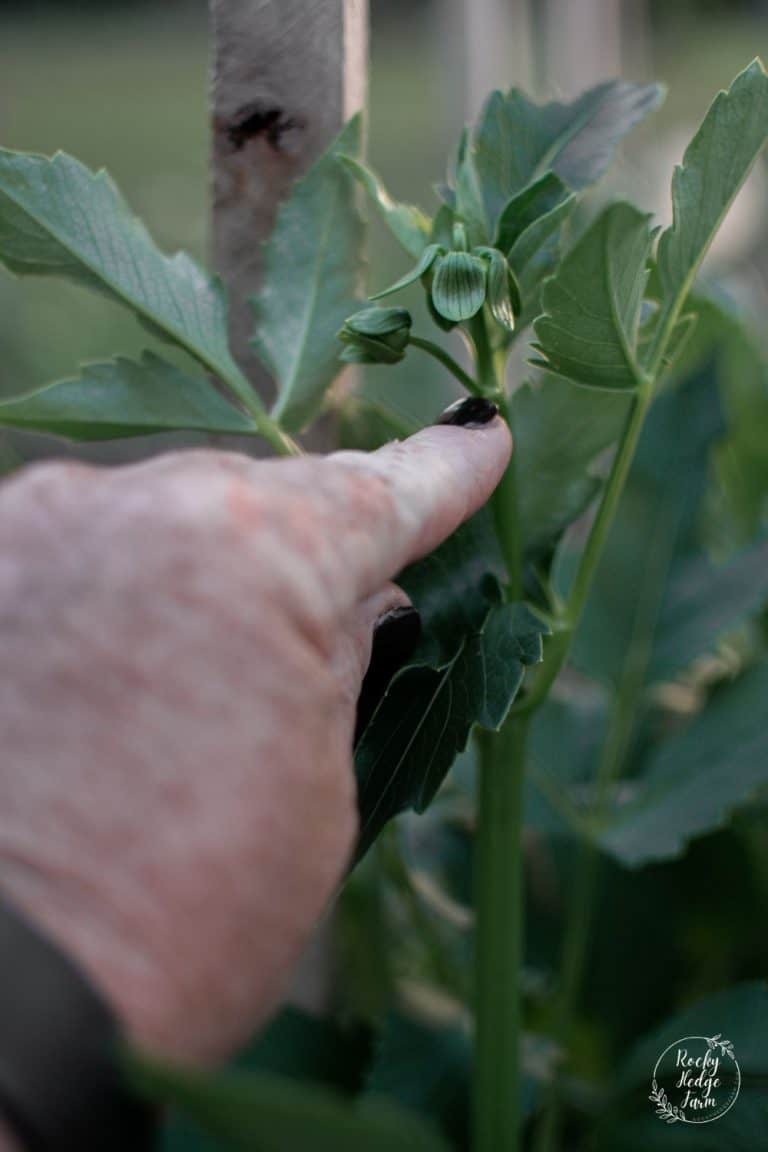
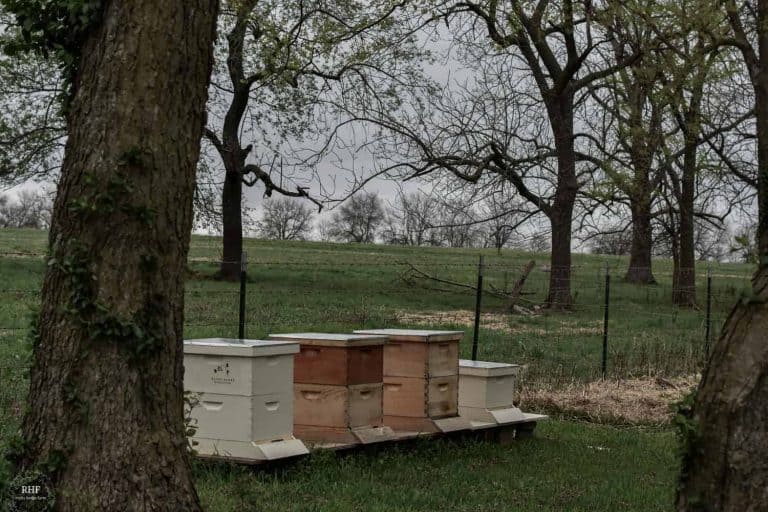

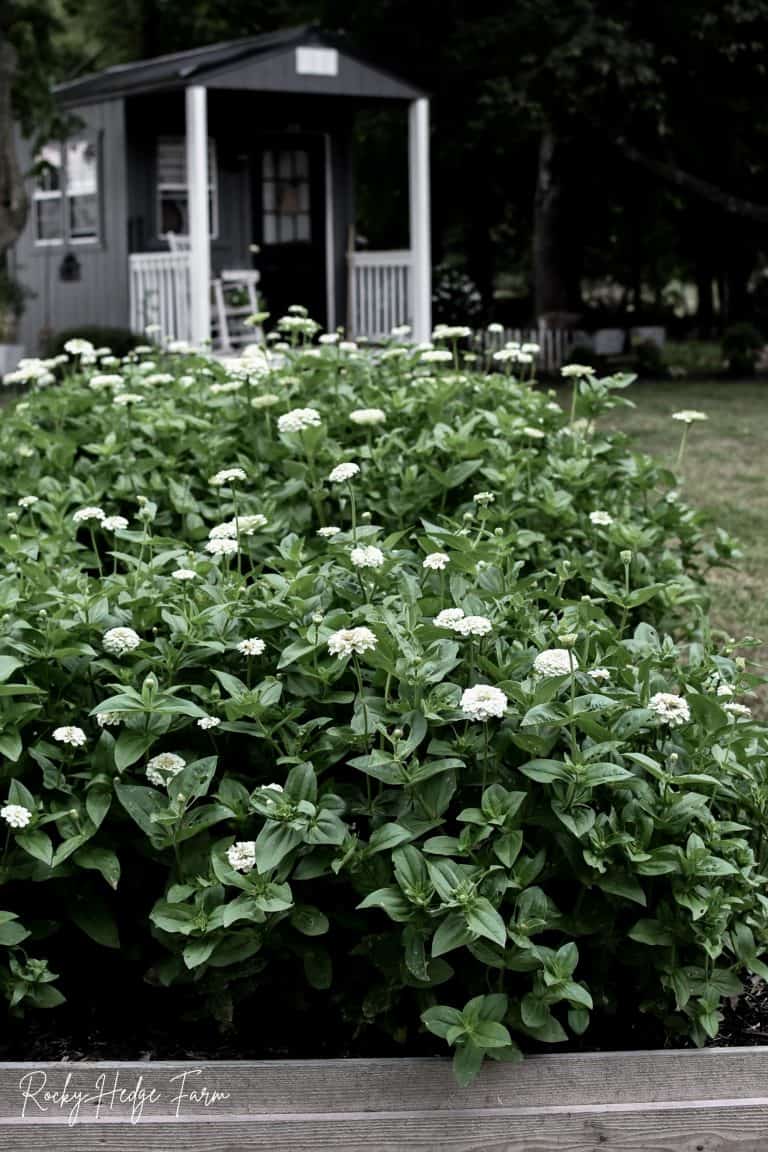
Thank you for the informative post! I have never bought hostas bareroot. Where do you buy them thru the mail?
I have gotten my bareroot hostas through the mail by ordering from Brecks
Hostas are popular garden perennials due to their broad, stunning foliage that comes in a variety of colors. Depending on your planting zone and the variety of hosta you want to grow, the best time of year to plant hostas is in the spring, from March to May, or in the fall, from August to September.
Planting in the fall is also an option, but make sure to have them in the ground 4 to 6 weeks before the first fall frost in your location. This permits the plants to establish their roots before winter dormancy.